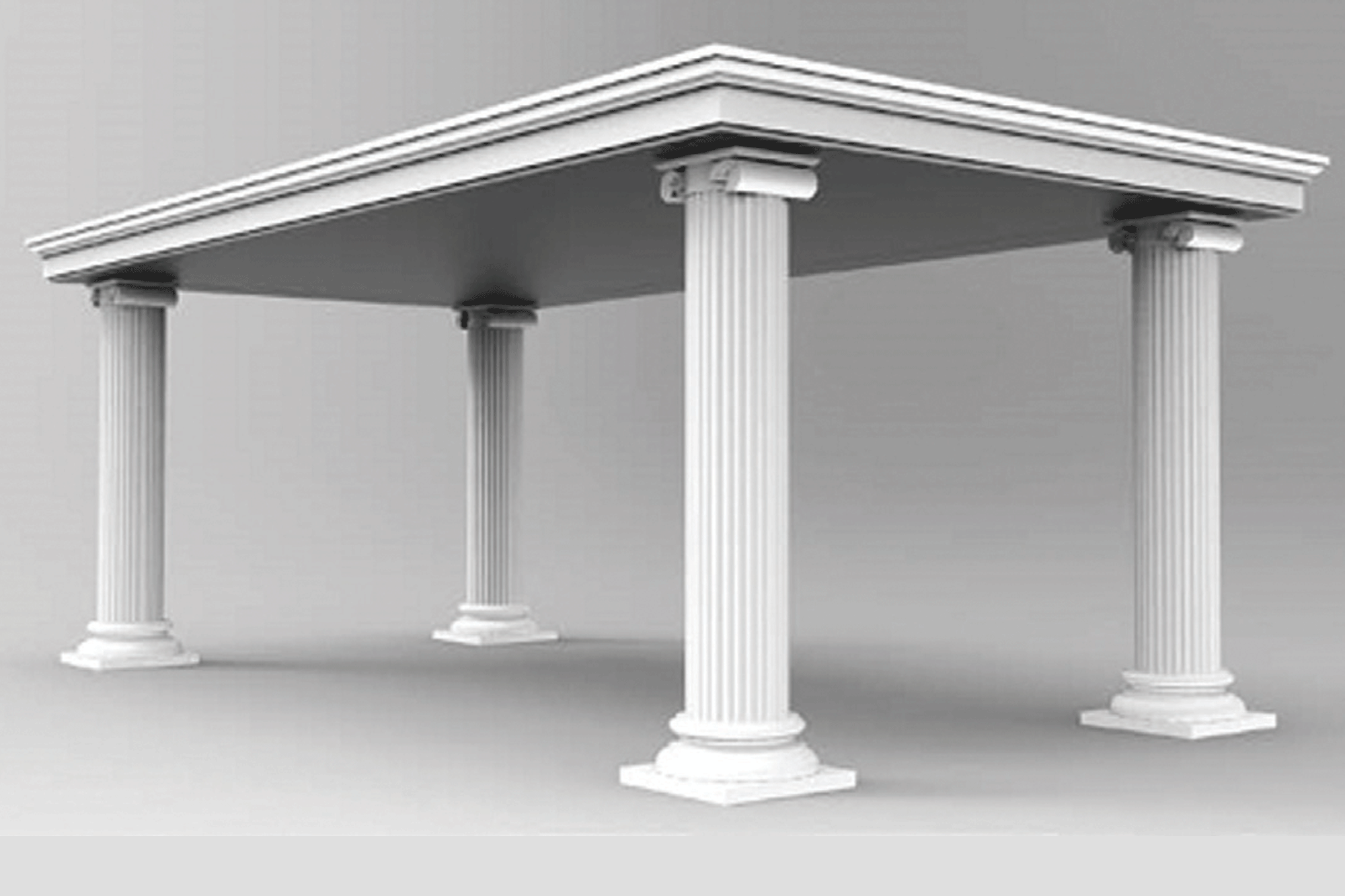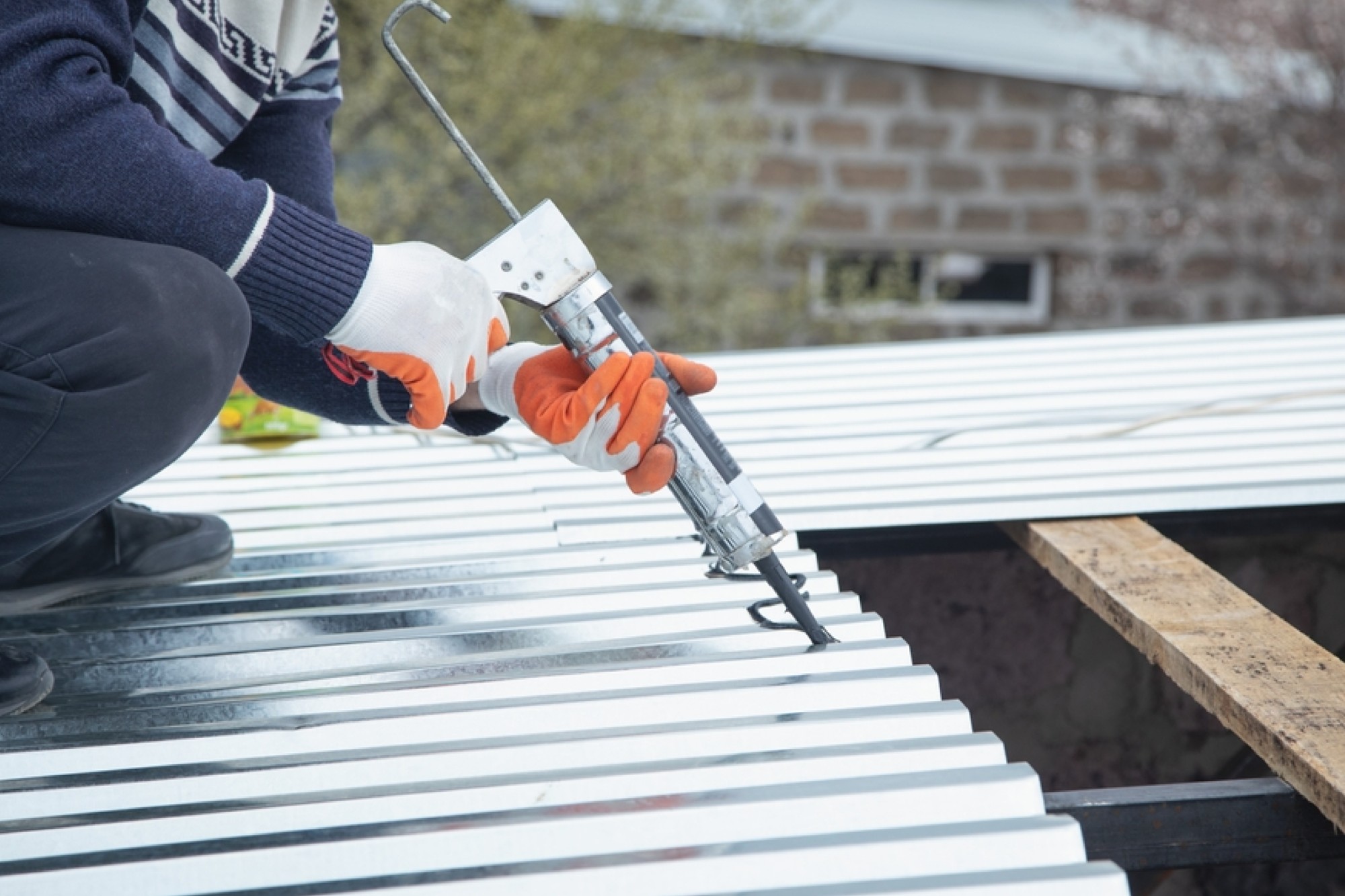Concrete Ideas
By Edit Team | September 30, 2019 6:35 am SHARE

The utility of concrete makes it essential for it to be treated well so that it remains protected from premature deterioration and reduced lifespan.
Concrete is the most widely used building material, which is versatile and has desirable engineering properties, it can be moulded into many shapes, and more importantly, it is produced with cost-effective materials. In recent years, the use of concrete has increased phenomenally, especially in infrastructure and high-rise buildings worldwide.
These days, concrete is being used for wide varieties of applications to make it suitable for different conditions. In practice one of the most important requirements of concrete is that it must be impervious to water under two conditions:
Firstly, when subjected to pressure water on one side, secondly to the absorption of surface water by capillary action.
Concrete is porous and this property distinguishes concrete from metals and makes it airtight and watertight. The capillary pore structure of concrete allows the permeation of gas or liquid, especially under pressure. The macrostructure of concrete reveals that it consists of coarse and fine aggregates, hydrated cement paste and entrapped air voids.
The macrostructure also reveals visible cracks in the hydrated cement paste and aggregates, mainly due to the volume change caused by shrinkage, settlement, and expansion/contraction of temperature. The permeability of concrete depends on these pore structures. Even the best of the concrete is not gastight or watertight unless the pores are closed.
The low durability that we witness in many concrete structures, which gets manifested in the form of cracking, and spalling due to poor quality of materials or workmanship and corrosion of steel, is principally due to inferior design, specification or construction.
Certain parts of a concrete structure may also be subjected to physical wear and tear. Parking garages, concrete roads and breakwater wall are examples of structures subjected to repeated wear.
Cause of deterioration
Hence it is very important that the selection of any construction product must be done with care and this is especially the case with waterproofing of concrete structures. It is important to choose right products and system to achieve a durable and impermeable concrete structure which can last more than its anticipated life. It is important to consider that all products are not the same although most of the datasheets look alike. In a market where the offer often creates confusion about the real quality of the products, it is important to remember that waterproofing accounts for less than 1 per cent of the total budget foreseen for the building, but 75 per cent of possible damages to the same building could be caused by incorrect waterproofing products and their short term durability.
Proper concrete placement is essential not only to satisfy the design and service requirements of the structure, but also to decrease the potential for premature deterioration and reduced lifespan. Identifying defects in the assessment stage is important in developing the proper specification to address the specific cause of the damaged concrete.
One of the most common defects in concrete is cracking. Cracking can be caused by inadequate substrate or subbase preparation, high water-to-cement ratio, improper curing methods, poor concrete consolidation, timing of control-joint installation and many other placement factors. Cracking can also be caused by design-related issues such as inadequate reinforcement or insufficient control-joint spacing.
Excess water increases the water-to-cement ratio of concrete and increases workability; however, this benefit is not without cost. The additional water eventually evaporates in the hydration (curing) process, leaving a porous network of capillary voids and lower overall strength.
Excess water can also lead to segregation, or the settling of large aggregates to the bottom of the matrix, resulting in reduced structural capacity and increased likelihood of cracking.
Proper curing involves maintaining an adequate moisture content and temperature in freshly placed concrete to allow for full hydration (curing) of the cement while the concrete develops its intended design strength. The absence of moisture stops the hydration process which can lead to lower strengths. Rapid moisture loss of freshly placed concrete can also lead to plastic shrinkage cracking, which are random shallow cracks on the surface of the concrete.
Poor consolidation can result from improper vibration and/or poor mix design. If the concrete does not fully consolidate around the reinforcing steel, design capacity may not be reached, and cracking can result.
Concrete expands and contracts with temperature changes. When these contraction forces exceed the tensile strength of the concrete, cracking can occur. To influence where this cracking will occur, control joints are installed, but the design and timing of control-joint installation are vital to their effectiveness.
Reinforcing steel (rebar) is used to increase the tensile strength of concrete. When tensile forces acting upon a concrete element exceed its tensile strength, a crack may occur. Reinforcing steel controls the width of the crack and can prevent complete failure of the element.
Durability of coating materials
Various coating materials and application methods for concrete surface repair and strengthening have been developed. However, selection criterion for these materials has not been established yet at the current moment. Selecting procedures of concrete coating materials must focus on deteriorating mechanisms diagnosed carefully by the conditions of target structures. For instance, in case of salt damage, repair policy should consider corrosion environment and deteriorating condition to determine symptomatic indications such as, 1) removal of permeated chloride ions, 2) penetration block of chloride ions, moisture, and oxygen, 3) de-rusting of rebar, 4) corrosion-control method (coating or potential control). However, it is not still ambiguous to determine which is the best material and coating system, because there is not enough durability data to estimate. Although durability evaluation method itself might not be finalised, it is important that how we can extend the service life for each coating system.
The Indian Construction Chemical Industry
Key challenges
The Indian market is still not fully aware of the benefits of various construction chemicals and hence tends to use low-cost substitutes. Decisions are taken based on immediate cost and not on overall benefits achieved from the usage of these materials. Due to low entry barriers, competition is high and several low value products are being sold in the market. Contractors are not adequately aware about the use of right type and quality of construction chemicals for durable structures. The durability of material is not been studied extensively by the manufacturer under Indian condition. The chemical protection and maintenance is not well understood by the user. The application tools or accessories need to be updated. The code provision or the user guideline with product is missing.
The practice of employing unskilled workers in construction activity is still hampering the growth of the sector, as construction chemicals are sensitive products and their use requires basic technical expertise and training. The industry lacks in relevant consumer standards for construction. Market participants are also frequently challenged by the absence of quality standards for manufacture and application of construction chemicals which leads to price wars.
For more information, contact:
Ankana Ganguly,
General Manager,
Specification and Technical,
STP Limited
Cookie Consent
We use cookies to personalize your experience. By continuing to visit this website you agree to our Terms & Conditions, Privacy Policy and Cookie Policy.




















